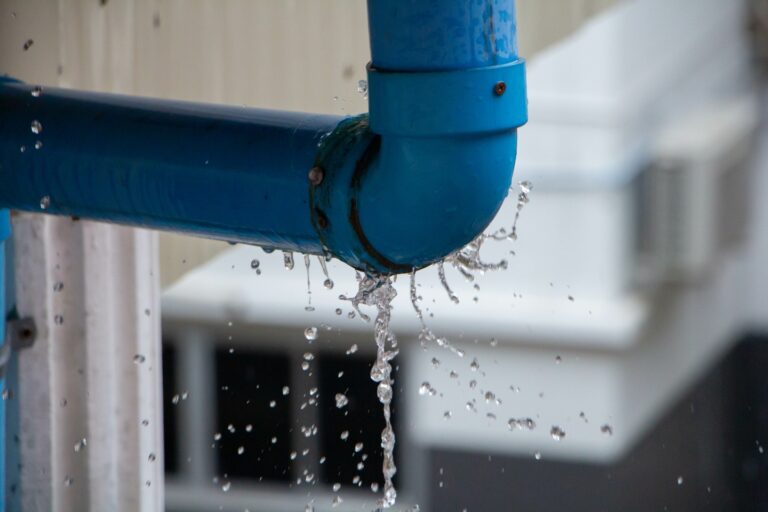The Importance of Site Assessment by a Solar Panel Installation Contractor
Site assessment is a critical step before installing solar panels that often determine the system’s effectiveness and efficiency. Many homeowners and businesses may rush into installing solar panels, thinking the process is straightforward. However, a well-conducted site assessment offers valuable insights that can lead to optimal energy generation, system longevity, and cost efficiency. We will explore how this initial evaluation lays the foundation for a successful solar project and why it is necessary to ensure all aspects of the location and its environment are thoroughly examined.
Identifying Ideal Sunlight Exposure
One of the primary objectives of a site assessment is to ensure that the solar panels will receive maximum sunlight exposure. While most locations receive a good amount of sunlight throughout the year, nearby buildings, tall trees, and geographical positioning can significantly impact sunlight availability. During the site visit, the installer will use tools like a solar pathfinder or shade analysis equipment to determine the potential shading issues that could reduce the effectiveness of the solar panels. These tools map out the sun’s path throughout the year and allow the installer to visualize potential obstructions. By identifying these obstructions early, contractors can adjust the position and angle of the solar panels, maximizing energy production. In cases with excessive shading issues, trim back vegetation or reconsider the feasibility of the installation. With this crucial assessment, homeowners might avoid underperforming solar panels, which could lead to lower energy savings and longer payback periods.
Determining Roof Integrity and Suitability
Roof-mounted solar panels are the most common installations for residential properties, making the roof’s structural integrity a key consideration. A site assessment is necessary to evaluate whether the roof can support the additional weight of the solar panels without compromising its durability. Installers will examine the roof’s age, material, and slope during this assessment. Older roofs may require repairs or even replacement before solar installation, as installing panels on a compromised roof could lead to costly damages later. Furthermore, the slope and orientation of the roof play a critical role in determining energy efficiency.
In many cases, the ideal angle for solar panels is between 30 to 45 degrees, and a south-facing orientation often captures the most sunlight in the northern hemisphere. If the roof does not meet these conditions, adjustments may be required, or the installer may recommend alternative installation methods, such as ground-mounted systems. Solar contractors ensure a safe and long-lasting installation by carefully assessing the roof’s suitability.
Electrical System Compatibility
Beyond sunlight exposure and roof integrity, evaluating the property’s electrical system during a site assessment is crucial. Solar panels generate direct current (DC), which needs to be converted into alternating current (AC) for household appliances to be usable. This conversion is done by inverters, which then feed the power into the home’s electrical panel. During the site assessment, the contractor will inspect the current electrical panel to determine if it has sufficient capacity to handle the influx of power from the solar system. If the electrical panel is outdated or undersized, it may require an upgrade before solar installation can proceed.
Furthermore, if the property is older, the wiring and overall electrical system may need to be revised, necessitating additional work. This evaluation ensures the new solar system integrates seamlessly into the property’s existing electrical infrastructure, preventing potential issues such as overloading circuits or electrical failures. The site assessment helps identify any necessary upgrades early on, reducing the chances of unexpected costs after installation.
Evaluating Environmental Factors
Every solar installation site is unique, and local environmental factors can substantially impact the performance and longevity of a solar system. During a site assessment, the Solar energy company will analyze the climate, weather patterns, and proximity to salty environments such as coastal areas. For instance, solar panels installed in areas that frequently experience high winds, storms, or heavy snowfall may need to be mounted more securely to withstand these conditions. In colder climates, snow accumulation on panels can reduce their efficiency, so adjustments like steeper angles might be recommended to help the snow slide off more easily. On the other hand, panels installed in coastal regions may require corrosion-resistant mounting systems due to the high salt content in the air, which can degrade metal components over time. By considering these environmental factors, contractors can design a solar system that is efficient, durable, and able to withstand the local conditions.
The importance of a site assessment by a solar panel installation contractor cannot be overstated. It is the foundation for a successful and efficient solar project. It ensures panels are installed in optimal locations with maximum sunlight exposure on structurally sound roofs and within compatible electrical systems. Property owners risk suboptimal energy production, unexpected costs, and potential system failures without this critical evaluation. In conclusion, a comprehensive site assessment is an essential first step toward a reliable, long-lasting, high-performing solar energy system.







